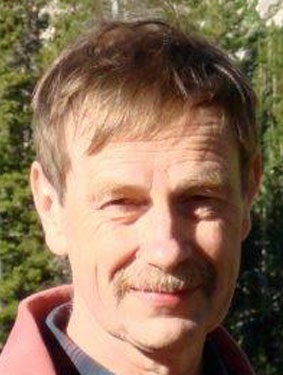B2 Derivation of Nonlinear Quantum Boltzmann Equations
Project Leaders


Prof. Dr. Phan Thành Nam, Prof. Dr. Herbert Spohn
Researchers
Dr. Simone Rademacher, Dr. Peter Madsen
Summary
In a 1975 breakthrough contribution, Oscar Lanford proved the convergence of the Boltzmann–Grad limit for a low-density gas of hard spheres. His result holds for short kinetic times and establishes the nonlinear Boltzmann equation of kinetic theory. To prove a corresponding result for many-body quantum systems is a long-standing open problem. In this context one considers a weakly interacting quantum fluid, coupling strength λ, and the goal is to establish a kinetic transport equation on spacetime of order λ−2. The fluid starts from a quasi-free state and the challenge is to control quasi-freeness to be approximately maintained on such large spacetime scales. The project builds on three more recent developments. (i) Propagation of quasi-freeness has been investigated in the context of the quantum fluctuations around the Hartree and Hartree–Fock equations in the mean-field limit. This is a distinct limit, but the techniques should be applicable also to very short kinetic times. (ii) For the nonlinear Schrödinger equation with Gaussian random initial data, the diagrammatic expansion in the coupling constant can be controlled in a few instances. A similar expansion can be used also for weakly interacting quantum fluids. (iii) Bosonization for many-body quantum systems are being successfully applied in a static context, compare with Project A5. Such techniques are expected to be also applicable to time-dependent problems as the dynamics of weakly interacting quantum fluids, thereby substantially improving the scale for propagation of quasi-freeness.

